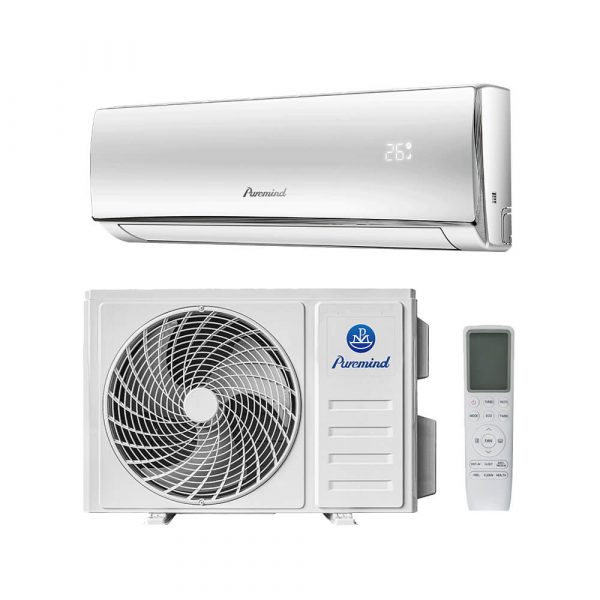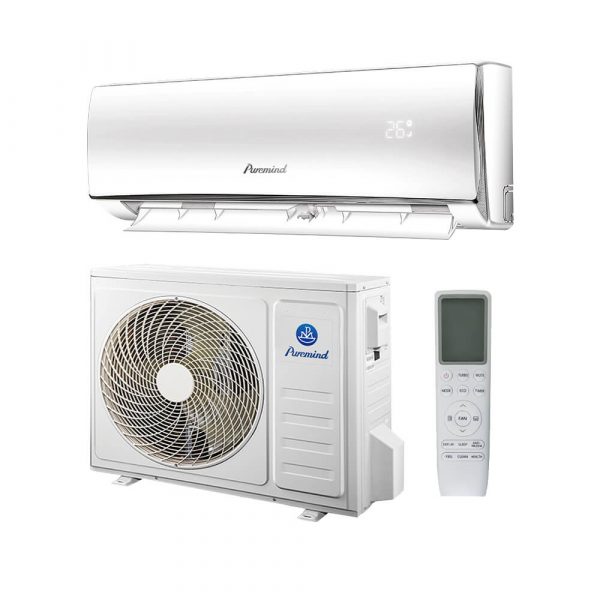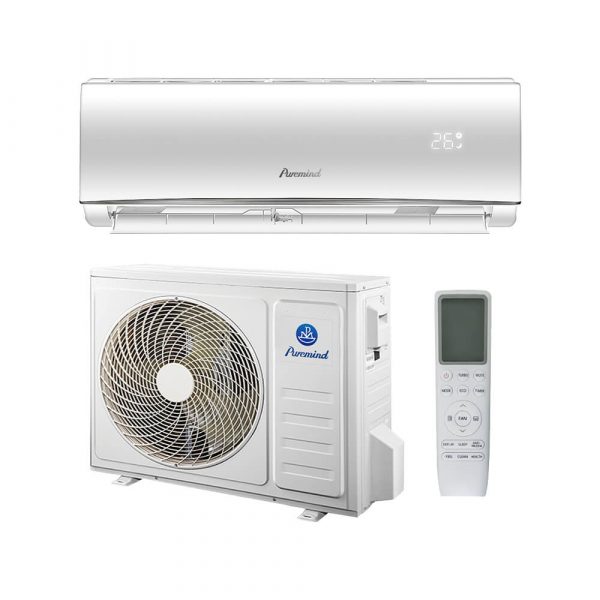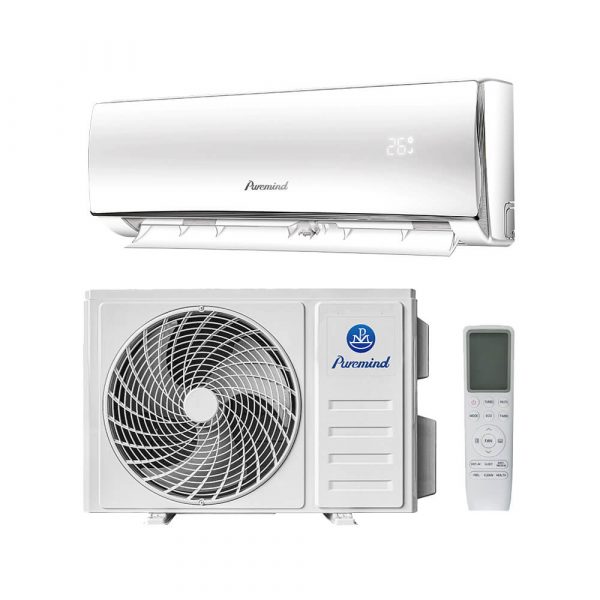Mini Split Air Conditioner and Heating System: Year-Round Comfort
In today’s energy-conscious world, homeowners and businesses are looking for efficient and flexible HVAC solutions. The mini split air conditioner and heating system offers both cooling and heating in one compact, ductless package. This article explores how these systems work, their benefits, key installation considerations, and how to choose the right unit for your space.
What Is a Mini Split Air Conditioner and Heating System?
A mini split air conditioner and heating system, also known as a ductless heat pump, provides both cooling and heating using the same infrastructure. It consists of two main components:
- Outdoor Unit (Compressor/Condenser): Houses the heat pump that moves thermal energy in or out of the building depending on the mode.
- Indoor Unit (Air Handler): Installed on a wall or ceiling, it distributes cooled or heated air into the living space.
These units are connected via refrigerant lines, eliminating the need for bulky ductwork and making them ideal for homes without existing HVAC ducts.
How It Works: Heating and Cooling
The mini split system operates using a heat pump that can reverse its cycle:
In Cooling Mode:
- The indoor unit absorbs heat from the room.
- Heat is transferred via refrigerant to the outdoor unit.
- The outdoor unit releases the heat outside.
In Heating Mode:
- The outdoor unit extracts heat from outside air—even in cold temperatures.
- The heat is compressed and sent via refrigerant lines to the indoor unit.
- The indoor unit releases warm air into the room.
This dual functionality makes mini split systems an excellent all-in-one solution for year-round climate control.
Advantages of Mini Split AC and Heating Systems
1. Dual-Function System
Eliminates the need for separate furnace and AC units—saving space, money, and installation hassle.
2. Energy Efficiency
Inverter-driven compressors adjust speed to match demand, using only the energy needed. Many models have SEER ratings above 20 and HSPF (Heating Seasonal Performance Factor) ratings above 10.
3. No Ductwork Needed
Ductless systems avoid energy loss associated with traditional ductwork (often 20–30%), making them more efficient and cost-effective in the long run.
4. Zoned Heating and Cooling
Each indoor unit can be controlled independently, allowing different rooms to maintain different temperatures based on personal preference.
5. Quiet Operation
With compressors located outside and whisper-quiet indoor units (as low as 25 dB), these systems are perfect for bedrooms, nurseries, and offices.
Ideal Use Cases
Mini split air conditioner and heating systems are ideal for:
- Homes without central HVAC systems
- Home additions, basements, or attics
- Apartments, tiny homes, or mobile homes
- Office suites and commercial spaces
- Energy-conscious renovations or green building projects
If you’re considering one of these systems, be sure to browse Puremind’s split air conditioner options for high-performance, OEM-grade units.
Installation and Setup
Installing a mini split system is more flexible and less invasive than central systems. However, it’s still best handled by a licensed HVAC technician. Here’s what’s involved:
- Mount indoor units: Choose high-wall, ceiling cassette, or floor-mounted options depending on room layout.
- Install outdoor unit: Requires a stable base and clearance from walls or foliage.
- Connect refrigerant lines: Pre-charged kits simplify this, but professional charging ensures optimal performance.
- Configure electrical wiring: A dedicated 120V or 240V circuit is usually required.
Types of Systems Available
Single-Zone Mini Split
One indoor unit connected to one outdoor unit—ideal for open areas or individual rooms.
Multi-Zone Mini Split
One outdoor unit connected to multiple indoor units (2–5 zones)—perfect for whole-home solutions with independent room control.
Cost and ROI
While initial costs may be higher than window or portable units, the return on investment is strong due to energy savings and long-term durability:
- System cost: $2,000 – $6,000 depending on size and zones
- Installation: $1,500 – $4,000
- Lifespan: 12–20 years with proper maintenance
- Monthly energy savings: Up to 40% compared to central systems
Smart Features and Modern Upgrades
Many newer mini split AC/heating systems include:
- Wi-Fi enabled controls (via apps)
- Smart thermostats with learning capability
- Voice control via Alexa or Google Assistant
- Energy usage tracking and diagnostics
Maintenance Tips
To keep your system running efficiently, follow these maintenance guidelines:
- Clean filters: Every 2–4 weeks
- Inspect indoor and outdoor units: Seasonally
- Check refrigerant pressure: Annually by a professional
- Clear debris around outdoor unit: Ensure proper airflow
Frequently Asked Questions
Q: Can a mini split system heat my home in winter?
Yes, modern mini splits can heat efficiently even in temperatures as low as -5°F (-20°C), making them suitable for most climates.
Q: Is a mini split better than central air?
For homes without ductwork or with variable room usage, mini splits are more efficient, flexible, and cost-effective.
Q: How many indoor units can I connect?
It depends on the outdoor unit’s capacity. Some models support up to 5 indoor zones with one outdoor compressor.
Q: Do mini splits dehumidify as well?
Yes, they naturally dehumidify air as part of the cooling process, and many have a specific “dry” mode for humidity control.
Conclusion
A mini split air conditioner and heating system is one of the most versatile and efficient HVAC solutions available today. Whether you’re upgrading your home, building an energy-efficient addition, or simply want better control over your comfort zones, these systems provide excellent performance with modern convenience.
To explore reliable, energy-efficient models, visit Puremind’s collection of premium split air conditioners—perfect for residential, commercial, or hybrid applications.







